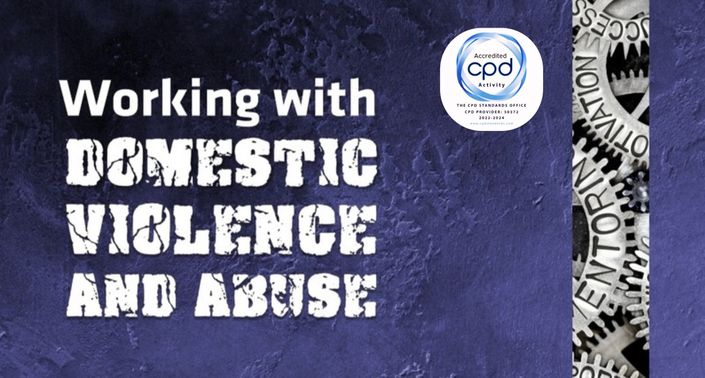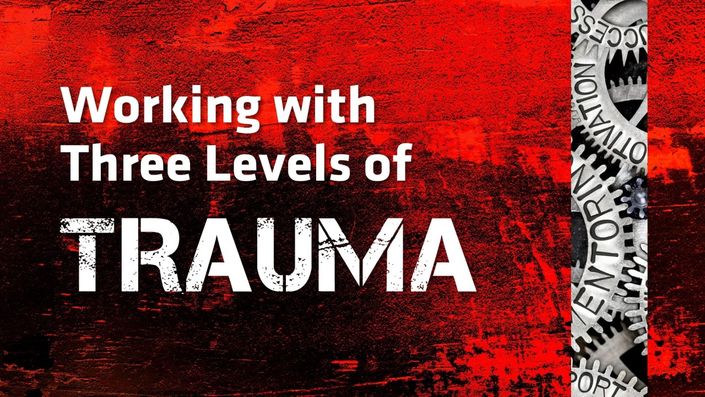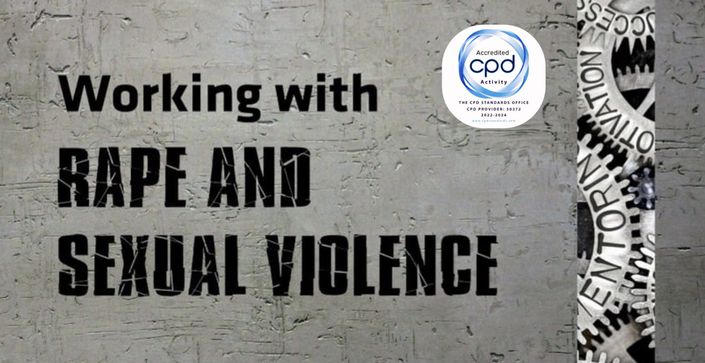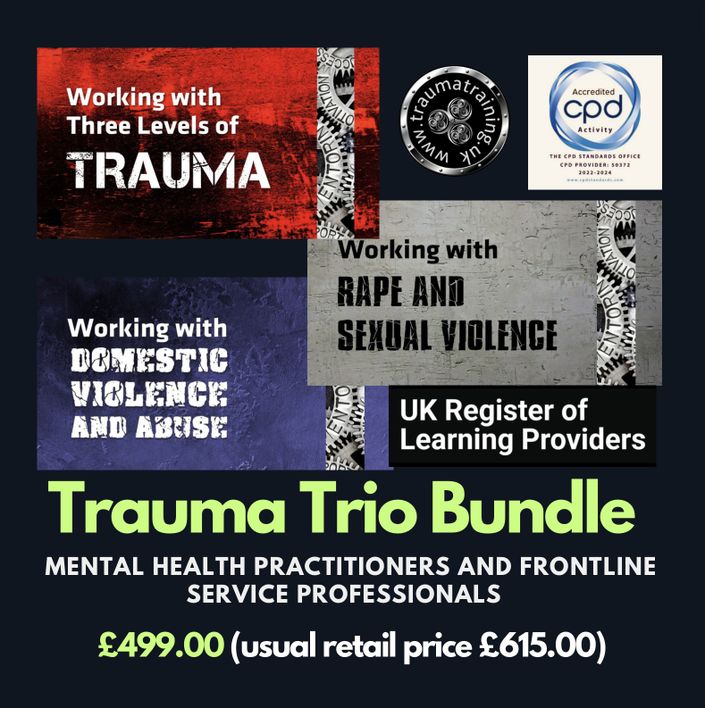Working with Narcissistic Behaviour
Living or working with a narcissist and having tolerated their covert behaviour for many years, can leave a person reeling, full of self-blame and total confusion. Often, it is not until it is pointed out blatantly obviously, that they may have been involved with a narcissist. It is only then, that healing can begin and a new wave of freedom and self-growth can really flourish.
Clients often don't even realise that they may have been in a relationship with a narcissist, until it is pointed out to them. Once the knowledge sinks in, they can start to unravel what part they may have played, usually by being empathic and normal.
This course is about the fallout from the toxic behaviour of a narcissist, rather than actually working with those who have been diagnosed with NPD.
Self – Care Management for Online Trauma Training & Learning
We only have so much time in the day. Some of the content in all of our CPD online trauma training can be heavy going, especially the case history content. It can be easy to become overwhelmed, which is why we have prepared this brief document.
In order to manage your time, you can plan and organise the learning activities that you intend to complete. For some learners, they may already have the information contained within the course, but need to refresh that knowledge, others they may like to take their time, absorbing new information and processing that learning.
Finding your own way to manage your learning time can be extremely beneficial. There are no deadlines for our courses, once you have purchased the chosen course, you have all the time you need to complete it. The content is reading, understanding and completing a series of multiple choice questions after each module. Once accomplished, if you have achieved a 75% pass, you can automatically download your Certificate of Achievement accredited by the CPD Standards Office.
Seven bullet points that may help…
1. Keep a schedule or to-do-list – set your own deadlines.
2. Prioritise and focus on your highest objective within your list.
3. Set blocks or allocate time for specific modules.
4. Take as many breaks as you feel you need.
5. Prepare to make notes, research further into links provided.
6. Learn how to recognise distractions, multi-tasking, background noise and self-derailing.
7. Reward yourself often and purchase a fitting frame for your new certificate.
We hope that these few steps will be of some assistance to you when completing any of the CPD Trauma Training courses. Arranging time for yourself to complete your chosen course can be crucial to your absorption of any new information. Above all, stay focused and although these are heavy in places, we hope that you enjoy the journey.
Once you have passed the course and downloaded your online Certificate of Achievement, if you send us an appropriate postal address, we will send you the additional CPD Accreditation Certificate alongside your Certificate of Achievement.
We are always interested to see photographs of your certificate/s, whether that is on your private practice wall, in a folder or at your place of work. If you would like to send us your photograph, please send to us via the website contact access.

Aims, Objectives and Learning Outcomes
Aims ~Achievement
To provide information about current practice as well as pre - therapy intervention.
To enhance and refresh current knowledge in addition to core counselling/health practitioner training.
To develop skills and intervention processes in addition to current training, in order to assist with the best possible outcomes for clients.
Objectives ~ Presentation
To present current working practices around the course subject.
To provide clear, concise and researched information that enhances and improves skills sets.
To demonstrate different ways of working to suit different client needs.
Learning Outcomes ~ on Completion, Learners should be able to:
To have an understanding of what a client who has been the victim of a narcissistic person, whether in a familial setting, friendship, relationship or workplace setting, has been through.
To be able to explain the procedures that are involved within the personality of a narcissist and the comparisons to some other personalities.
To understand the aftershock and how to assist the client with working through it, whilst identifying the service needs of different types of clients: when to work with those needs and when to refer on.
Course Curriculum
- Module 1 - What is Narcissism?
- Module 2 - Narcissistic Partners
- Module 3 - Narcissistic Teenagers & Young Adults
- Module 4 - Narcissistic Siblings
- Module 5 - Narcissistic Parents
- Module 6 - Narcissism in the Workplace
- Module 7 - Narcissistic Trauma Bonding
- Module 8 - The Aftershock of Narcissistic Behaviours
- Module 9 - Reflective Case Histories
- Module 10 - Interventions for Working with the Aftershock of Narcissism
CPD - Online Trauma Courses Available
All of our CPD courses are written from a Trauma Informed platform of knowledge and experience.








